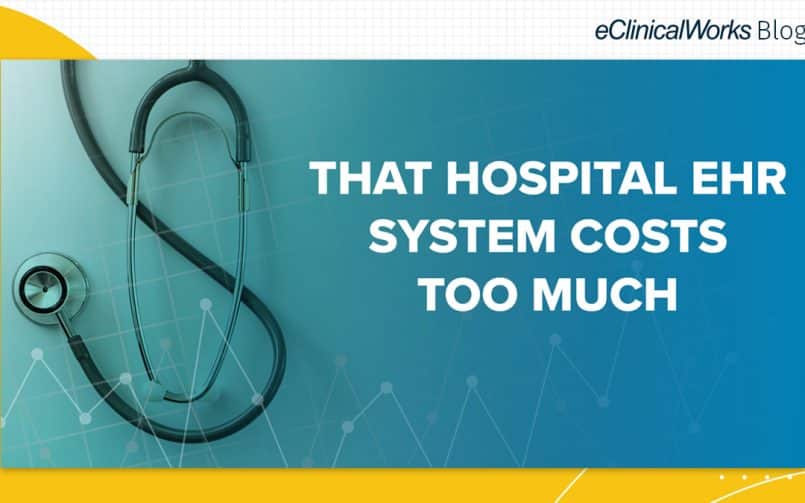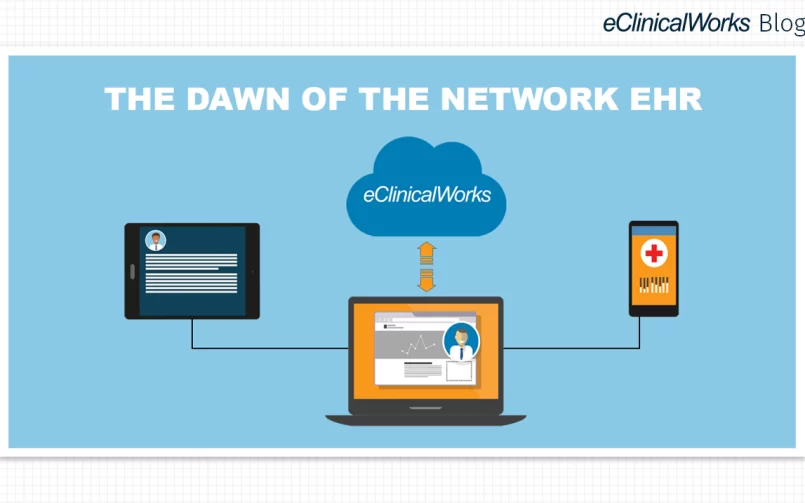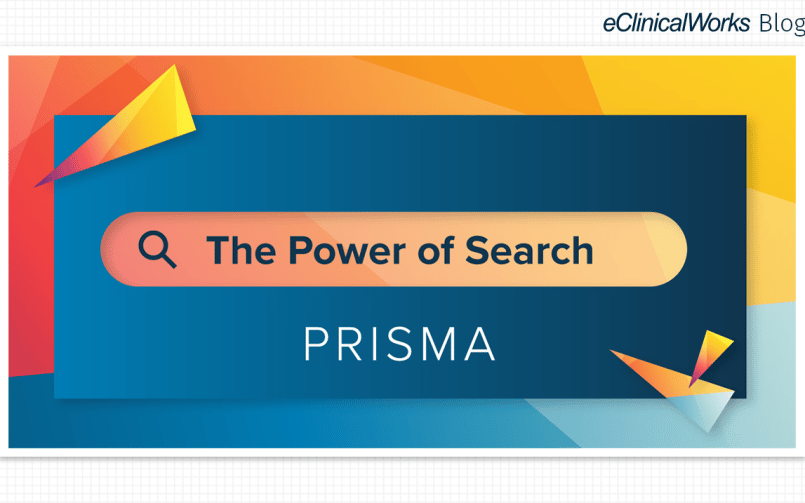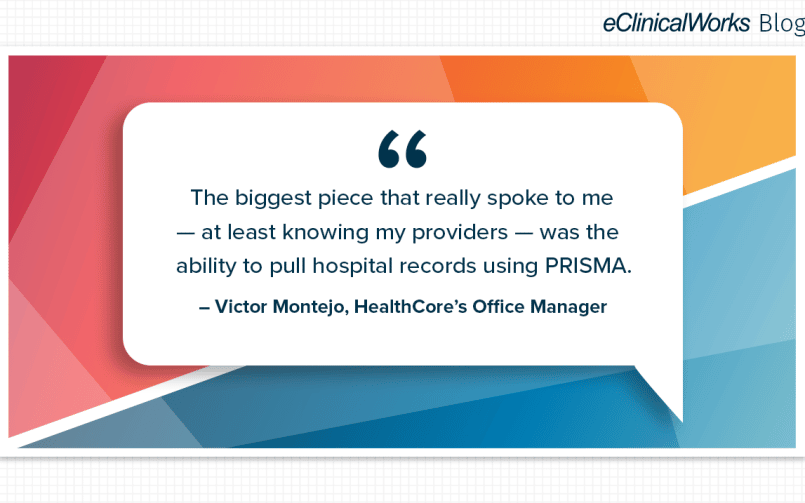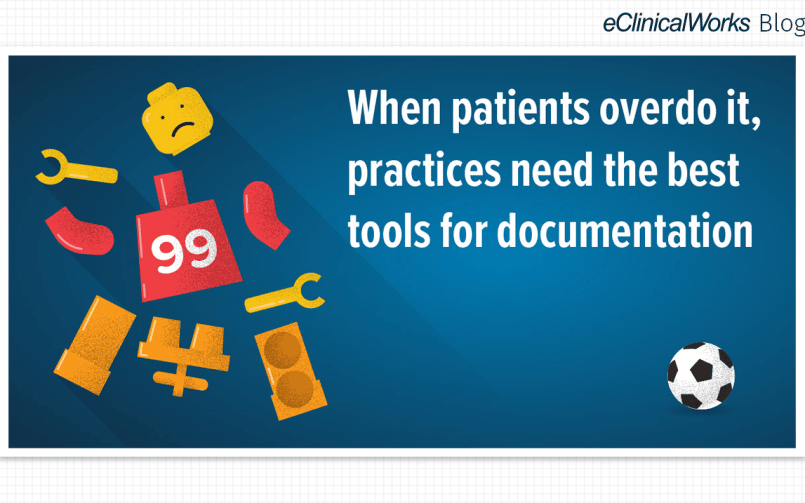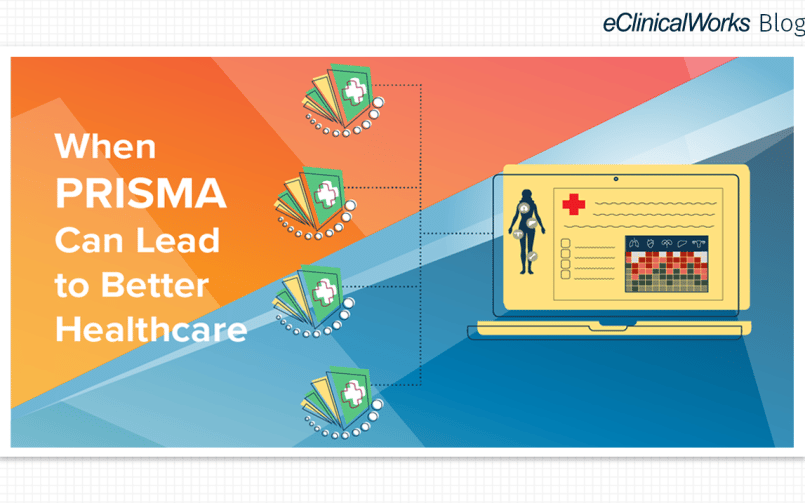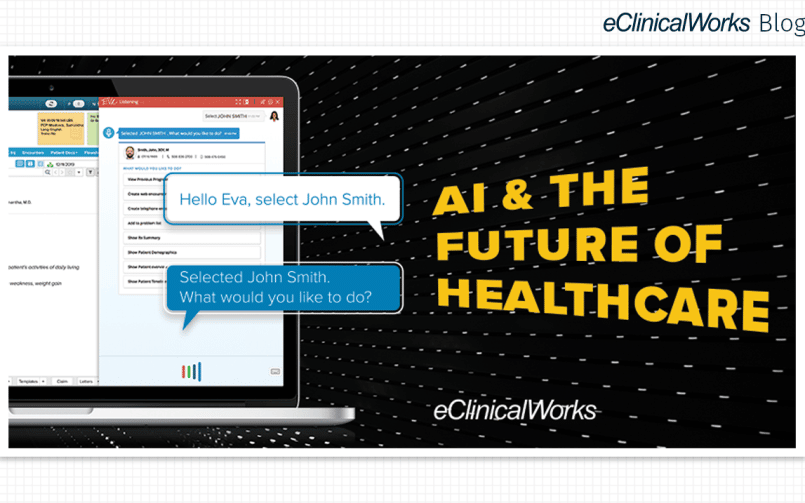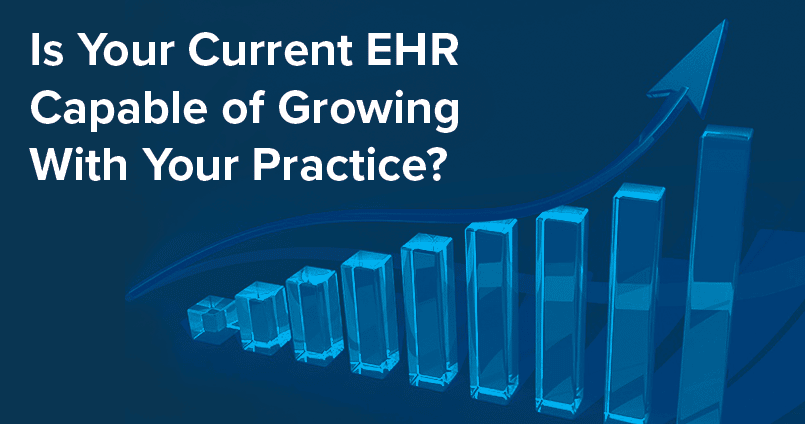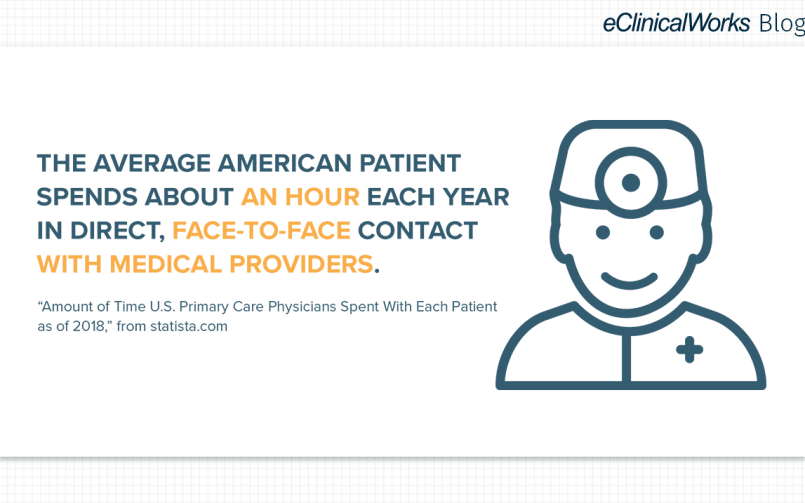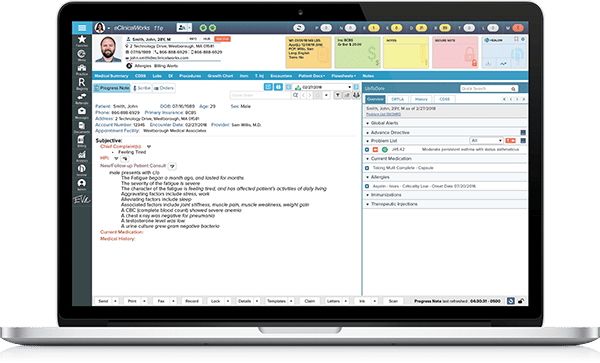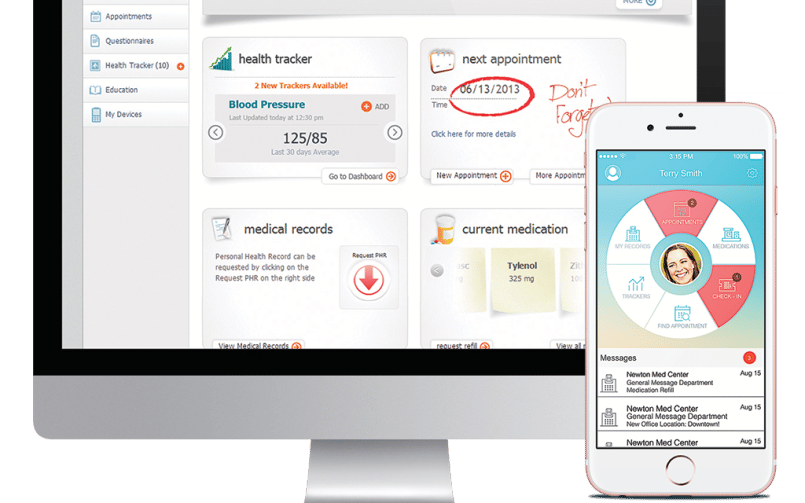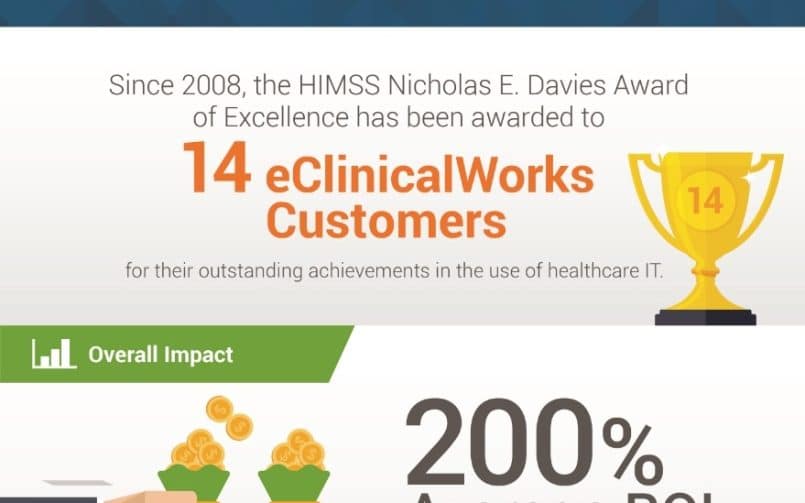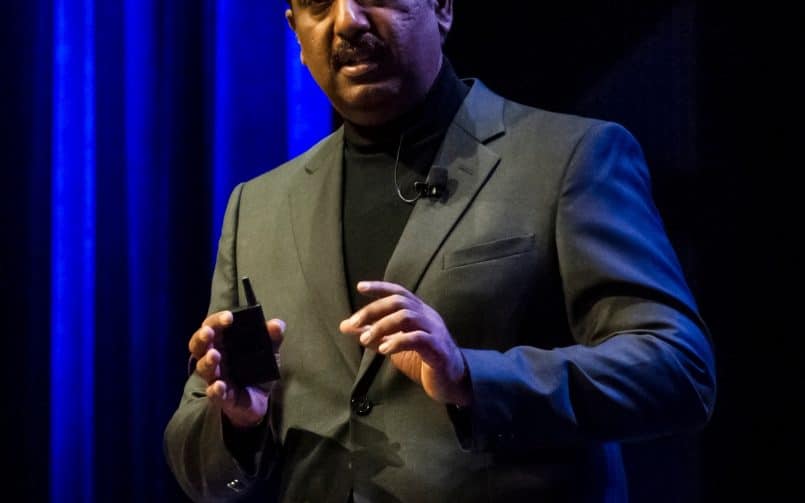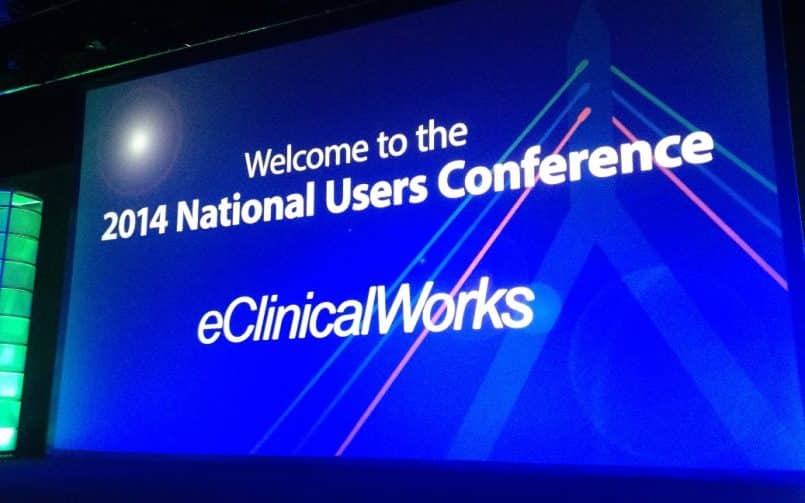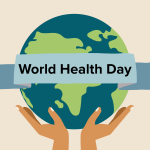Future of the Connected Healthcare System
- 20 March 2015
- Blog
eClinicalWorks
Technology plays a vital role in today’s healthcare landscape with the overall goal of driving down costs and improving patient outcomes. It has the potential to connect patients, doctors and payers within the healthcare ecosystem and simplify how they access health information through patient portals, wearable devices and mobile apps. Essential to connecting all of this technology and making it meaningful is an electronic health record (EHR) system that acts as a central database that provides doctors with easy access to crucial patient information.
Today, the digitization of healthcare documents is becoming more common as physicians are increasingly adopting and utilizing EHRs. These electronic documents keep all health information in one place, regardless of its origin. The interoperability of EHRs from multiple vendors allows for all patient information and data to feed into each other. This is especially important for patients with chronic diseases who may need to be treated and followed by a variety of specialists. Technologies like QR codes are making it even easier for patients to transfer their own records to a different physician.
The connected healthcare system isn’t always restricted to the hospital or medical practice setting either. It occurs on the playing field as well. Before the 2014 football season, the National Football League transitioned from paper medical records to a completely electronic system for the first time. Implementing an EHR solution across the organization enabled coaches and medical professionals to quickly and easily track previous concussions and injuries and coordinate care anywhere – no matter if the team is home or away. The NFL will talk about these efforts in a session during HIMSS.
In recent years, consumers have increasingly adopted fitness trackers into their daily health routine. Although there are clear benefits to tracking your health, connecting EHRs to a wearable device make the aggregated data actionable. For this reason, the healthcare IT industry is beginning to see EHR integration with a patients’ wearable device. With permission from the patient, data from these devices can be automatically uploaded to their personal health records, providing doctors with real-time information about patient activities throughout the year, improving recommendations and outcomes between visits.
As a result of a more connected healthcare system, patients are encouraged to further engage and play an active role in their healthcare, as they now have more access to their personal health information. This in itself is a major advancement as studies have shown, engaged patients are 20 percent less likely to be admitted to the hospital and significantly less likely to be treated for chronic diseases such as diabetes, COPD, heart failure and depression. Additionally, doctors are better prepared to treat patients with more data at their fingertips than ever before. The future of the connected healthcare system is bright and will only continue to advance as EHR systems offer more integration and accessibility for patients and physicians alike.






